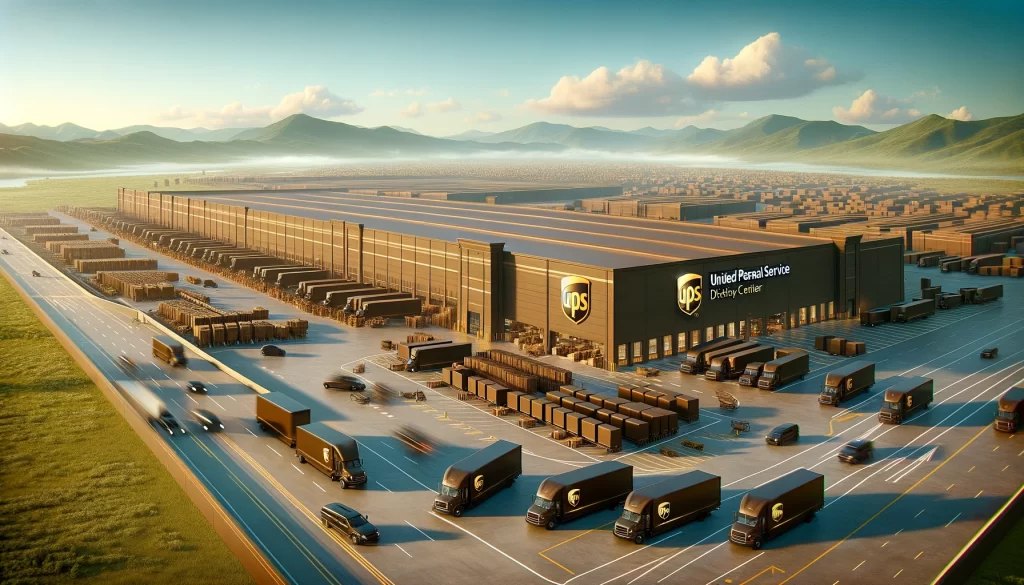United Parcel Service (UPS) is set to streamline its operations by closing approximately 200 facilities across the United States. This move is part of the company’s “Network of the Future” initiative, which focuses on enhancing efficiency and reducing dependency on manual labor in package sorting processes. The initiative is expected to generate $3 billion in savings by the end of 2028.
Enhanced Efficiency through Automation
Nando Cesarone, UPS’s EVP and President U.S., announced during an investor conference that the consolidation of locations is underway. The company plans to increase the number of automated package hubs, with 40 sorts scheduled to close this year, an uptick from the 30 closed in 2023. UPS is also looking to automate dispatching for package cars and feeder trucks to improve the movement of packages within its network.
Cost-Saving Measures
The consolidation efforts include merging four facilities in Massachusetts, Connecticut, and Rhode Island into modernized hubs. Additionally, the Chalk Hill facility in Texas and the New York Capital Village Center hub are slated for closure, with nearby facilities being upgraded to accommodate volume growth.
Improving Volume-Per-Resource Ratio
The facility consolidation is aimed at reducing UPS’s cost to serve and enhancing the volume-per-resource ratio, which measures the average daily volume against the number of U.S. employees. The goal is to increase this ratio from 51 in 2023 to approximately 59 by 2026.
Investment in Automation Projects
To support anticipated volume growth with less reliance on labor, UPS is investing in 63 automation projects nationwide. By the end of 2028, the company aims to more than triple its automated buildings to 400. Most automation projects will upgrade existing buildings, with 10 new facilities being constructed.
Deploying Robotic Systems
UPS is deploying robotic systems to assist with unloading trailers and implementing pick-and-place technologies to automate package handling onto conveyor belts. Bala Subramanian, UPS’s chief digital and technology officer, emphasized the goal of achieving end-to-end automation within facilities.
Adapting to Market Changes
The push for cost reduction and network modernization by UPS comes in response to a softer demand for package delivery services post-COVID-19 pandemic. The company has already confirmed 11 sortation shift closures to Supply Chain Dive this year as it adjusts to volume declines. Similarly, FedEx is also restructuring its network to achieve savings by consolidating routes and facilities and merging its Ground and Express units’ operations.







